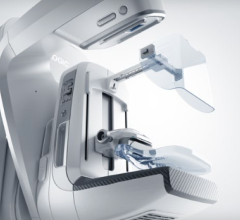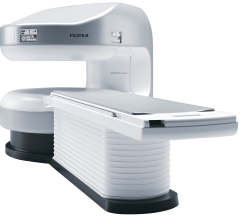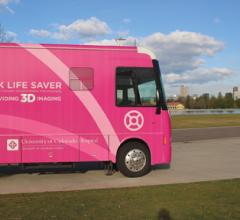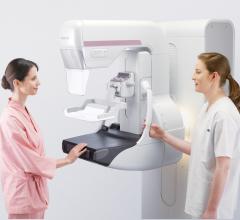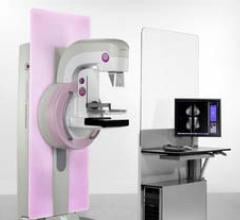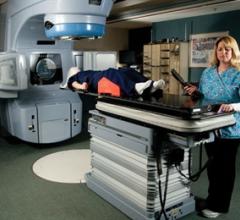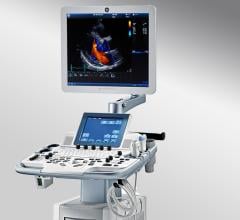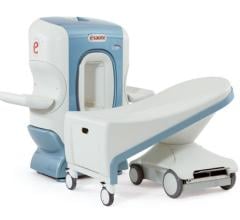Along with the growing amount of data being collected in electronic medical records (EMR) and other information repositories is the growing need to dissect and analyze that data fast and efficiently. With hospitals and practices looking to maximize efficiencies and optimize quality within their operations, having a set of analytics tools can be a key strategy for moving forward with an evolving healthcare environment.
This year marked the first of Stage 2 Meaningful Use (MU) for eligible providers, eligible hospitals and critical access hospitals (CAH) that already completed the required years of attestation to Stage 1 — three years if beginning Stage 1 in 2011, two years for those who began after. The objectives for Stage 2 are similar to Stage 1: all providers must meet a set of “core” objectives while also reporting on a number of available “menu” objectives, in order to attain MU certification and receive payments under the Medicare and Medicaid Electronic Health Record (EHR) Incentive Programs. For Stage 2 MU, eligible professionals must meet 17 core objectives and three menu objectives; eligible hospitals and CAHs will need to meet 16 core objectives and three menu objectives.
In today’s healthcare environment, longstanding, volume-based models of healthcare delivery are giving way to models where payers are tightening their purse strings and putting a greater emphasis on treatment value. Medical imaging providers are increasingly looking for a strategy to streamline workflows, enhance referral networks, increase referrals and better manage imaging appropriateness. Advanced interoperability is that strategy.
While most women understand the importance of health screenings, an estimated 72 million have missed or postponed a ...
DAIC Editor Dave Fornell highlights his choices for some of the most innovative new technology at the American Society ...
Although the fundamental workflow has not changed for treatment planning systems over the years, as technology improves, new features are added to enhance workflow and function.

SPONSORED CONTENT — Fujifilm’s latest CT technology brings exceptional image quality to a compact and user- and patient ...
Imaging displays, from consumer to medical grade, have come a long way since the days of bulky screens and low resolutions. Today, flat panel displays in the healthcare arena have increasing capacity to offer improved contrast ratios, truer colors, better energy efficiency, high luminance and more. A variety of vendors continue to improve the technology to better display imaging modalities, including computed tomography (CT), magnetic resonance imaging (MRI), X-ray, positron emission tomography (PET), mammography and ultrasound, and to ensure screens remain DICOM (digital imaging and communications in medicine) compliant.
Fujifilm’s APERTO Lucent is a 0.4T mid-field, open MRI system addressing today’s capability and image quality needs ...
Tomotherapy and volumetric modulated arc therapy (VMAT) have emerged as two popular types of intensity modulated radiation therapy (IMRT) for the treatment of complex tumors. Because physicians can modulate or control the intensity of the radiation beam in VMAT and tomotherapy, both treatments provide high precision radiation with which tumors that are curved around critical organs can be treated.
Cardiac ultrasound technology has advanced to keep up with several trends. These include improved workflow for greater efficiency, expanded use of qualification metrics, expanded use of 3-D echo to speed exam times and improve operator reproducibility, and expanded use of 3-D transesophageal echo (TEE) to aid guidance in the growing area of transcatheter structural heart procedures. Here are a few examples of how the newest technology is addressing these trends.
With the addition of its third 3D mammography system in early 2014, the University of Colorado Hospital established 3D as the standard of care in its breast imaging department. Located in Aurora, Colo., the hospital currently provides mammograms in two centers in the Denver area, and on its “Pink Lifesaver” mammography coach, which covers surrounding communities. The transition to 3D got a jump-start from fundraising efforts by the hospital’s “Men for the Cure” foundation, with donations from the group used to purchase the first 3D system and the mobile coach.
SPONSORED CONTENT — Fujifilm’s latest CT technology brings exceptional image quality to a compact and user- and patient ...
The Society of Nuclear Medicine and Molecular Imaging (SNMMI) recently held its annual meeting in St. Louis. It provided an in-depth review of molecular imaging technologies, clinical applications, and translational and advanced research topics for molecular imaging professionals — nuclear medicine physicians, scientists, radiologists, cardiologists, pharmacists, technologists, researchers, and others involved and interested in nuclear medicine and molecular imaging and therapy.
Fujifilm Medical Systems U.S.A. Inc. announced 510(k) clearance from the U.S. Food and Drug Administration (FDA) of the Aspire Cristalle.
Siemens Healthcare recently submitted its premarket approval application (PMA) for the Mammomat Inspiration with Breast Tomosynthesis option to the U.S. Food and Drug Administration (FDA)
SPONSORED CONTENT — EnsightTM 2.0 is the newest version of Enlitic’s data standardization software framework. Ensight is ...
Breast cancer is a disease usually associated with women, as reflected by pink ribbons and gear, but men get it too, albeit rarely.
Commencing Jan. 1, 2015, breast density information must be included in a patient's mammography reporting results in Missouri.
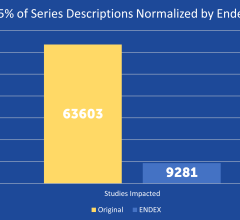
SPONSORED CONTENT — EnsightTM 2.0 is the newest version of Enlitic’s data standardization software framework. Ensight is ...
Civco Medical Solutions announced a partnership with 21st Century Oncology to utilize Civco’s 6 Degrees of Freedom Protura Robotic System.
Kettering Medical Center Therapist, Sarah Macke, describes how their center improved their treatment process with safety ...
GE Healthcare announced clearance from the U.S. Food and Drug Administration (FDA) for its new Vivid T8 cardiovascular ultrasound device. The 129-pound, mobile system features innovative quantitative features, stress echo and TEE capabilities in an affordable echo system.
Argentina’s team doctor, Dr. Alejandro Rolon, is taking no chances with his World Cup squad in Brazil. The complete medical imaging department that has been created at Argentina’s training base includes a dedicated magnetic resonance imaging (MRI) system at the training center itself, and extends to field-level ultrasound scanning of injuries, if required.
Clinicians at Froedtert & the Medical College of Wisconsin Clinical Cancer Center are achieving excellent planning results in the first U.S. combination of Elekta's Monaco 5 radiotherapy treatment planning software and Siemens' mARC (modulated arc) therapy technique.
The Web-based Marz Universal Viewer gives medical providers easy, unlimited access to imaging and patient data in many different formats, including DICOM (digital imaging and communications in medicine), and non-DICOM.

 July 03, 2014
July 03, 2014 


